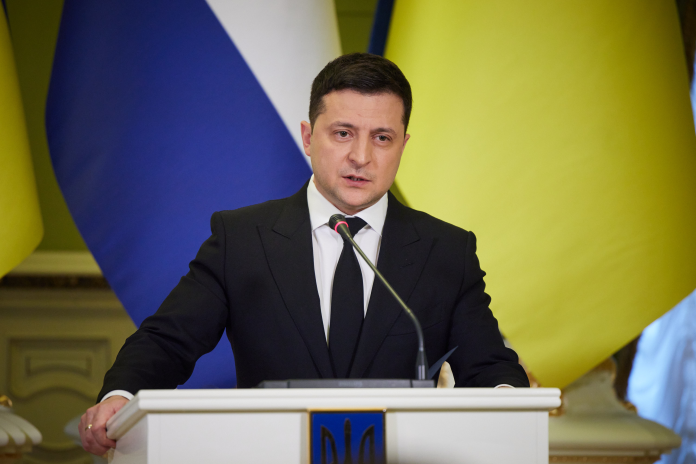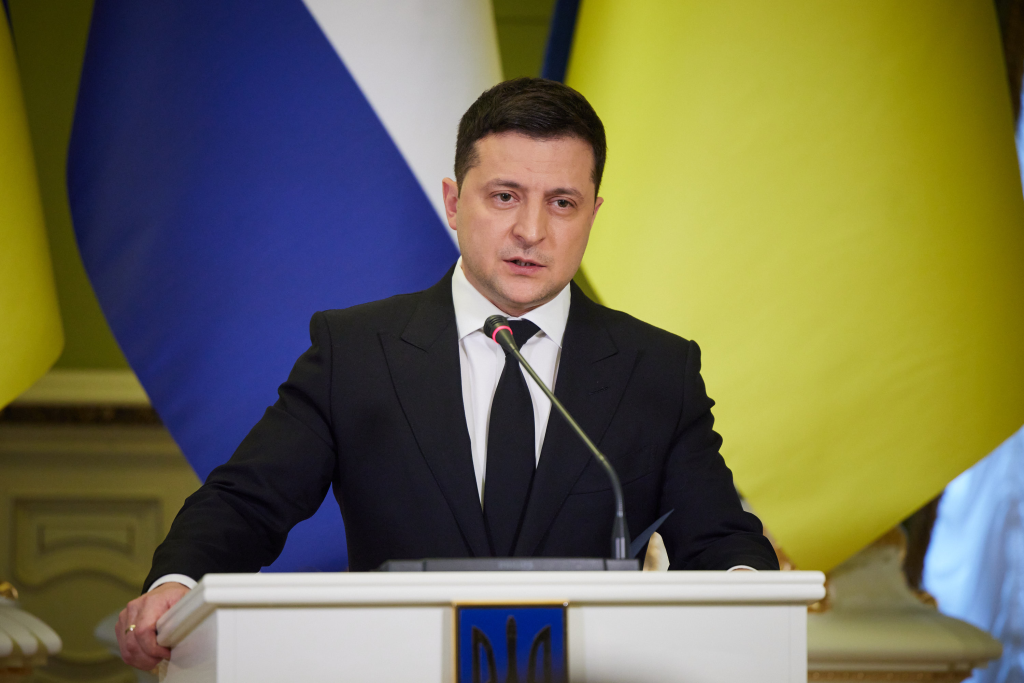
Can economic warfare cripple a military giant faster than battlefield attrition? Ukraine’s leadership seems to be resolved to find out. As the front lines in eastern Ukraine remain largely static, Kyiv has pressed a campaign of long-range strikes deep inside Russian territory, targeting the oil refineries and infrastructure that underpin Moscow’s war economy. Combined with sweeping U.S., UK, and EU sanctions, these attacks are rewriting the conflict’s economic front.
President Volodymyr Zelensky has indicated that Ukraine will extend the reach of its long-range operations, using domestically manufactured missiles and drones in addition to Western-supplied systems. The pressure is already evident: shortages of fuel inside Russia, a decline in export revenues, and increased anxiety among Moscow’s key energy clients. What follows is a breakdown of the most consequential developments in this evolving strategy, from battlefield innovation to global market repercussions.
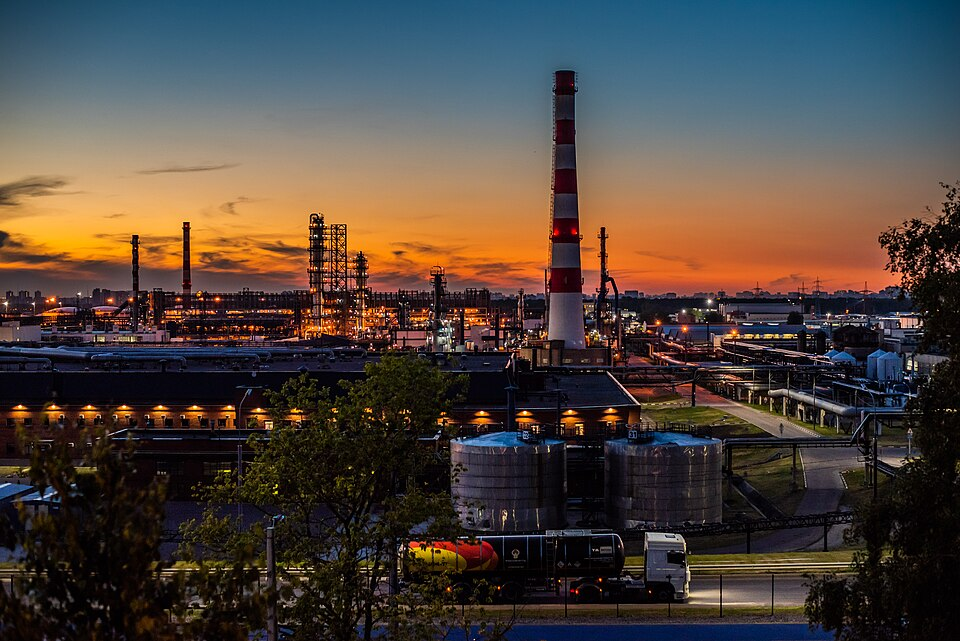
1. Kyiv’s Strategic Focus on Russia’s Oil Refineries
Ukraine’s strikes have concentrated on oil refineries, which are particularly significant nodes within Russia’s war economy. By disrupting processing capacity, Kyiv hopes to sever the Kremlin’s main source of revenue, which still accounts for roughly 40% of federal income. Since August of 2025, Ukrainian forces have struck over 20 refineries, with multiple hits on some facilities. The Rosneft Ryazan Oil Refinery alone has been targeted four times in three months, underscoring the sustained nature of the campaign.
These are not symbolic attacks. Russian energy industry reports reflect that processing capacity in refineries has been reduced by about 20%, triggering fuel shortages in economically weak regions and occupied territories. The International Energy Agency forecasts suppressed refinery output until at least mid-2026, meaning that even with static military conditions, Moscow faces prolonged economic straits.
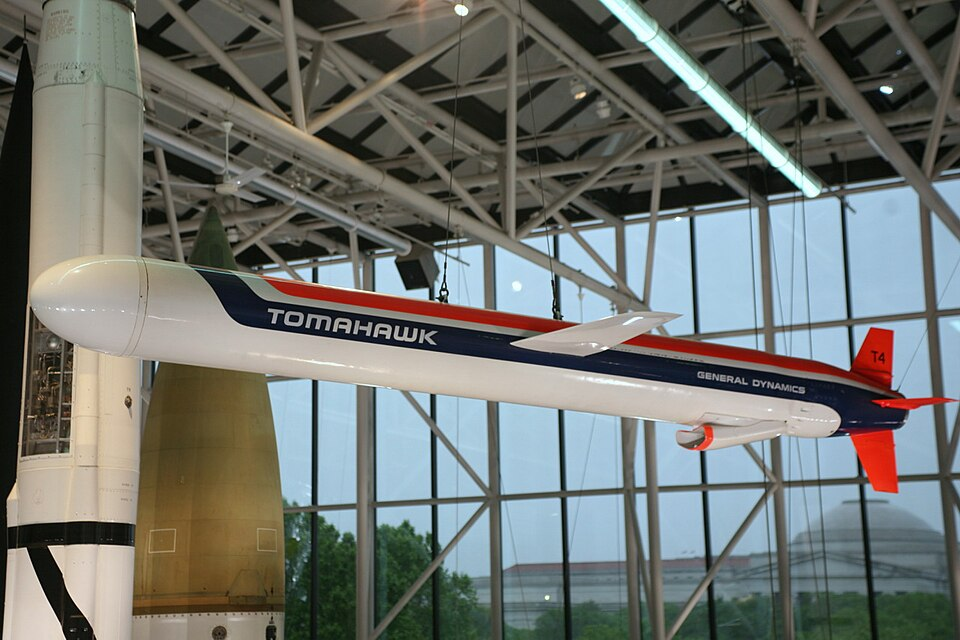
2. Domestic Development of Long-Range Strike Capabilities
Denied access to U.S. Tomahawk cruise missiles, Ukraine has accelerated domestic production of long-range drones and missiles. Among the leading producers is a company called Fire Point, which can produce FP-1 drones that have a travel range of 1,600 kilometers while delivering 60 kg payloads. These systems have reportedly accounted for 60% of deep strikes inside Russia, including hits on oil infrastructure.
Fire Point is also developing the FP-5 cruise missile, which has a range of 3,000 kilometers and carries a payload of more than one metric ton. Production has been scaling up at a rapid pace: from one to seven missiles per day. That industrial mobilization reflects Kyiv’s determination to acquire its own deterrent capacity, independent of fluctuating foreign military aid.
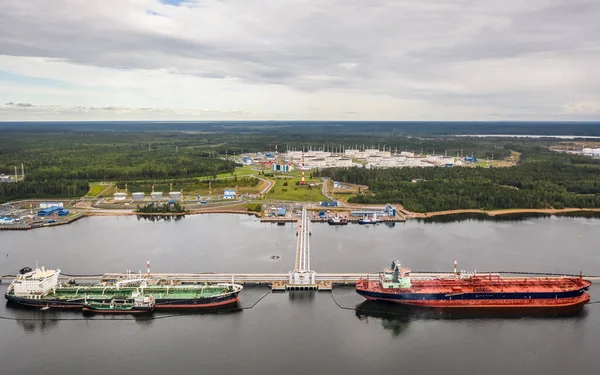
3. Sanctions on Rosneft and Lukoil: A Turning Point
Taken together, these firms export 3.1 million barrels per day, almost half of Russia’s crude output. The U.S. Treasury’s designation of Rosneft and Lukoil represents the most direct American economic strike on Russia’s energy sector to date. Treasury Secretary Scott Bessent called them pillars of the Kremlin’s “war machine.”
The sanctions bring Washington into line with London and Brussels, both of which had previously imposed similar measures. Analysts say enforcement will be key-without aggressive pursuit of violators, Russia’s “shadow fleet” could continue to move oil through intermediaries. Secondary sanctions against buyers in China, India, and Turkey remain a potent but as-yet untested threat.
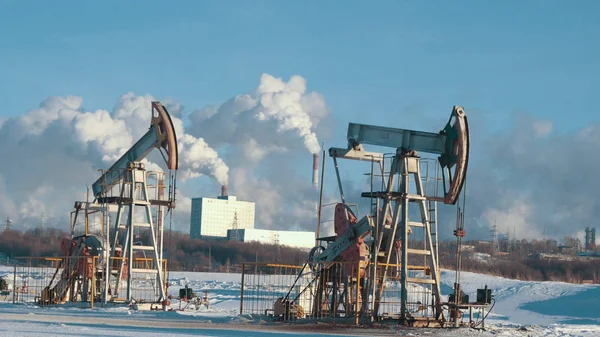
4. China and India’s Pullback from Russian Oil
Following U.S. sanctions, four top Chinese state oil companies halted seaborne purchases of Russian crude, while Indian refiners like Reliance Industries started recalibrating imports. As at August, China and India accounted for 85% of Russia’s oil exports, making their partial withdrawal a significant blow.
Pipeline deliveries to China remain unaffected, and independent refiners may resume imports if enforcement weakens. Yet, the short-term impact is real: buyer confidence has been lowered and there are increased logistical complications for Moscow’s export network.

5. Fuel Shortages Inside Russia
The strikes have brought on fuel rationing and price increases in a number of Russian regions due to Ukraine’s ongoing attacks. Drivers in Buryatia and Transbaikalia have been limited to 20 liters of gasoline per purchase. The outlying territories and occupied Crimea are hardest hit, while politically sensitive hubs such as Moscow and St. Petersburg have so far been spared the shortages.
These shortages erode public confidence and strain regional economies, creating potential domestic pressure points for the Kremlin. While official narratives downplay the damage, social media reports and independent outlets document widespread disruptions.

6. The EU’s Energy Trade Paradox
Still, despite cutting total imports from Russia by nearly 90% since 2022, the EU still bought more than €11 billion in Russian energy in the first eight months of 2025; some member states, like France, the Netherlands, and Portugal, even increased their imports, exploiting exemptions and re-exporting LNG.
This ongoing trade has sustained Russian revenues, at times surpassing EU financial aid to Ukraine. The Center for Research on Energy and Clean Air has characterized it as “a form of self-sabotage,” underlining the tension between political solidarity and economic dependence.
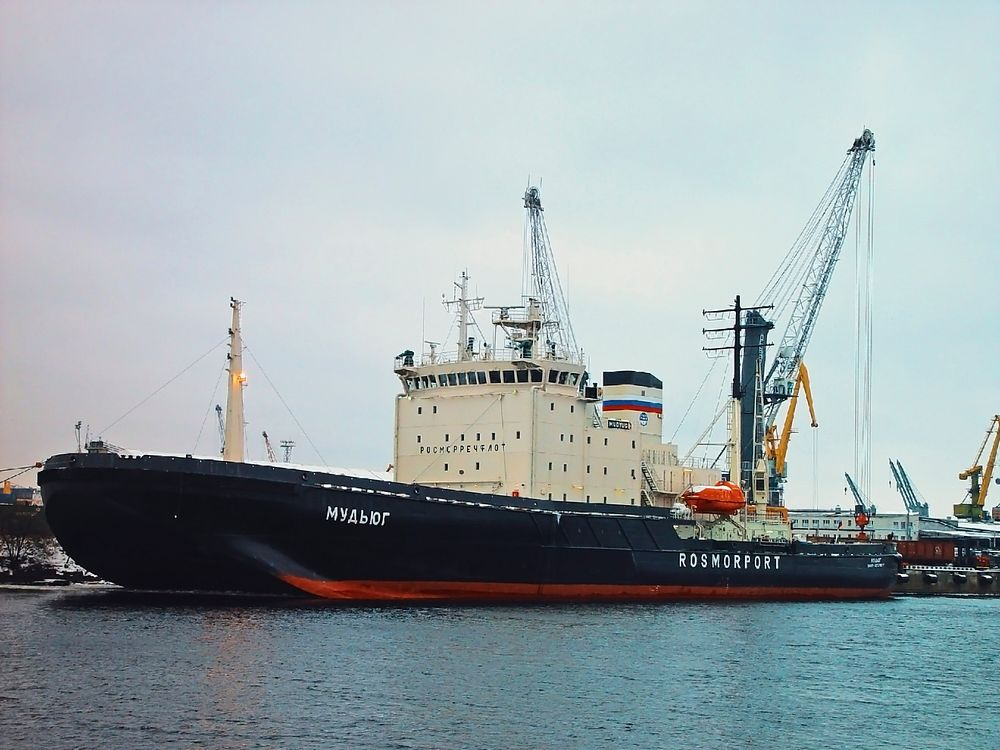
7. The Shadow Fleet Challenge
The “shadow fleet” remains a key tool of Russia’s sanctions evasion. UK and EU measures blacklisted more vessels, but the fleet has been able to adapt. Without U.S. commitment to aggressive interdiction, significant volumes of crude may continue reaching buyers through opaque channels.
This network not only undercuts sanctions but also gives Moscow bargaining leverage in energy diplomacy, especially with states desiring discounted oil.

8. Western Coordination and Enforcement Imperatives
Specialists underline that effectiveness of sanctions depends on their coordination among the U.S., UK, and EU. High-profile punishments against violators would be likely to prevent the continuation of trade with sanctioned companies. If not, sanctions run the risk of being symbolic, not having strategic consequences.
Upcoming summits with Saudi Arabia and China will test Washington’s ability to balance market stability with pressure on Moscow. OPEC’s capacity to offset supply losses may mitigate price spikes, but political will remains the decisive factor.

9. Economic Strain and Russia’s 2026 Budget Deficit
Zelensky projects Russia will face a $100 billion budget deficit in 2026, driven by reduced energy revenues and increased war expenditures. The Kremlin plans tax hikes, including raising VAT from 20% to 22%, to cover shortfalls.
Critics say these measures divert resources from civilians to the military, risking inflation and economic slowdown. Sustained Ukrainian strikes and tightened sanctions could quicken that trajectory, forcing strategic recalculations in Moscow.
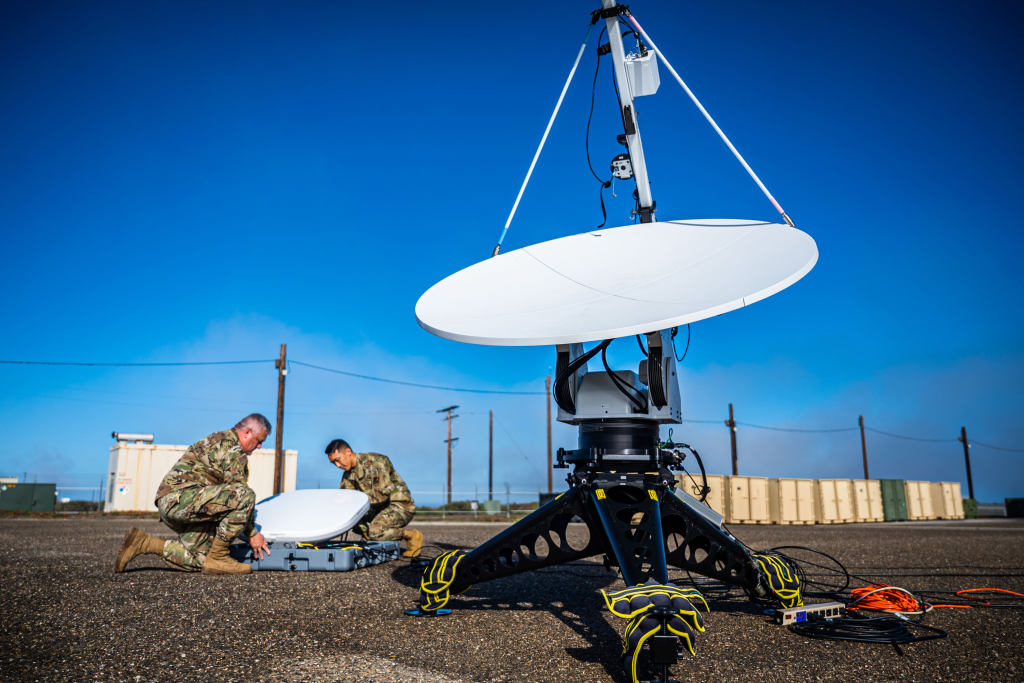
10. Ukraine’s Defense Industry as a Strategic Asset
The war has made Ukraine a hotbed of defense innovation, with hundreds of startups producing drones, munitions, and electronic warfare systems, often testing them directly in combat. The rapid iteration cycle gives Kyiv a technological advantage and puts its industry in the best position for post-war export markets. As former French military official Claude Chenuil noted, “When the war in Ukraine is over, they will flood the market.” This industrial resilience ensures that Ukraine’s long-range strike capability will remain a main element of its security strategy, regardless of diplomatic developments.
The LRS campaign in Ukraine reflects a conscious pivot toward economic war, melding technological innovation and coordinated sanctions as tools to degrade Russia’s ability to prosecute an invasion. How all these variables come together in the delicate balance between battlefield effects, global energy markets, and political will will determine how much this strategy compels Moscow into genuine negotiations. For now, the strikes and sanctions are tightening the screws-testing how much economic pressure the Kremlin can withstand before its war machine stalls.
